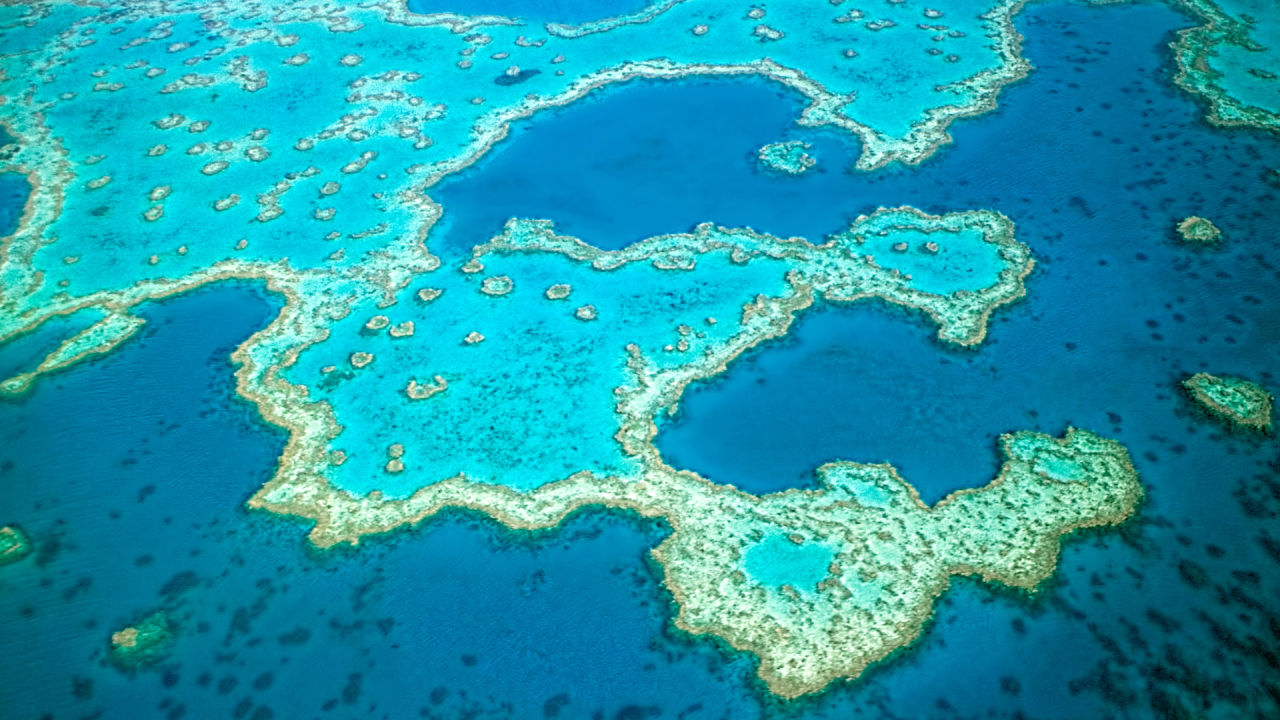Media Release ·
eReefs project a finalist in Australia’s science ‘Oscars’

A world-first window into the past, present and future of water flow across the entire Great Barrier Reef has been announced a finalist in Australia’s leading science awards.
eReefs is one of three finalists in the ‘Oscars’ of Australian science, the 2018 Eureka Prize for Excellence in Interdisciplinary Scientific Research.
The six-year eReefs research partnership created the first Reef-scale, online ‘toolkit’ that delivers vital information about the entire Great Barrier Reef from catchment to ocean and allows reef managers and researchers to readily assess past, current and projected Reef conditions.
Great Barrier Reef Foundation Managing Director Anna Marsden paid tribute to the expert team who developed this vital diagnostic tool for the Great Barrier Reef.
“Creating strategic partnerships to deliver essential projects for the Great Barrier Reef is at the heart of what the Foundation does and eReefs is a living example of the benefit of that approach,” Ms Marsden said.
“The Great Barrier Reef Foundation was privileged to collaborate with Australia’s leading science organisations including the Bureau of Meteorology, CSIRO, Australian Institute of Marine Science and Queensland Government, with funding from the Australian Government, Queensland Government, Science Industry Endowment Fund and BHP Billiton Mitsubishi Alliance. We also worked with practitioners in reef, land and water management, and the end-users including the Great Barrier Reef Marine Park Authority and industry operators.
“Essentially, eReefs is like a specialist diagnostic tool for the ‘doctors’ of the Reef.
“Using eReefs we can now better understand and even predict things like the location of potentially damaging heat waves that can cause coral bleaching; the path of cyclones and how they mix the water; the ocean currents that disperse larvae of corals and crown-of-thorns starfish; and track the fresh water plumes from flooded rivers that can damage inshore reefs.
“The eReefs platform covers the entire Great Barrier Reef from catchment to ocean for the first time, combining and linking complex global marine and weather models and real-time satellite images, and transforming these into visualisation, reporting and decision support tools for the Reef.
“For example, through eReefs you can see past extreme weather events tracking through the Reef, such as Cyclones Yasi in 2011 and Debbie in 2017, the coral bleaching events of 2016 and 2017, and the flood plumes that flowed out from the Burdekin catchment in 2011, and use that knowledge to forecast the effects of future events.
“In terms of impact for the Great Barrier Reef, eReefs has been used to develop new water quality targets for the Great Barrier Reef and to assess the feasibility of novel interventions.
“It’s been endorsed by the Queensland and Australian Governments’ Reef 2050 Plan Independent Science Panel for use in developing the Great Barrier Reef Report Card.
“And the Great Barrier Reef Marine Park Authority, Queensland Government, Australian Government, and many research organisations are all using eReefs for operational and research purposes.
“Beyond the science and research community, it’s even being used by boaties and fishermen.
“These outcomes and acknowledgment as a finalist in Australia’s prestigious Eureka Prize are a great tribute to the entire eReefs team who worked long and hard to deliver this breakthrough program to protect and monitor our Great Barrier Reef.”




